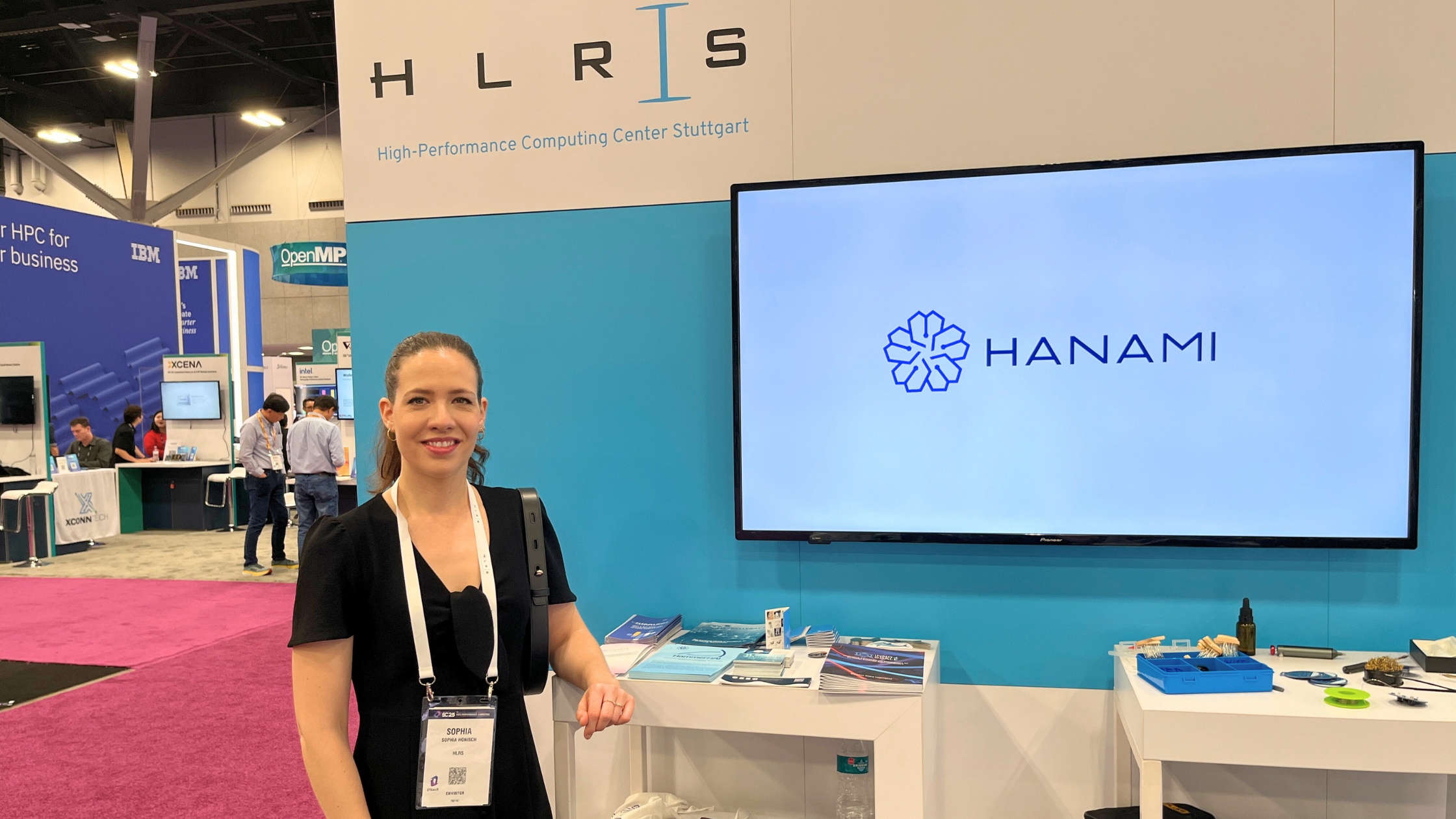News
Hanami at “Materials Science from first principles: Materials Scientist Toolbox 2025” – Exploring Quantum Simulations and HPC Tools
Held at Sorbonne Université in Paris and co-organised by HANAMI and CECAM (Centre Européen de Calcul Atomique et Moléculaire), the “Materials Science from First Principles: Materials Scientist Toolbox 2025” showcased how high-performance computing is transforming the way we understand and design new materials. The five-day event gathered researchers from Europe and Japan to exchange knowledge, explore advanced computational tools, and train the next generation of materials scientists.
Taking place from 3 to 7 November 2025, the workshop was part of HANAMI’s ongoing mission to foster cooperation between European and Japanese communities in high-performance computing (HPC) and materials modelling.
“It was a great and inspiring workshop, preceded by three days of training sessions with the SIESTA, TurboRVB, and YAMBO codes, which have been developed to run on different HPC platforms, across Europe and Japan. The high level scientific content conveyed by the speakers has been accompanied all over the week by a constructive spirit and the willingness of tightening the HANAMI community around our ‘Material Science from first principles’“, said Michele Casula, member of the Hanami project.
From First Principles to Advanced Applications
The programme combined theoretical lectures and hands-on sessions, enabling participants to strengthen their skills in quantum simulations, scalable methods, and sustainable energy materials.
The event covered fundamental and advanced computational methods, from density functional theory (DFT) to quantum Monte Carlo (QMC) and many-body perturbation theory (GW/BSE), with hands-on sessions on three flagship codes: SIESTA for DFT simulations, TurboRVB for quantum Monte Carlo methods, and Yambo for many-body perturbation theory and excited-state properties.

A Diverse and International Line-Up
The workshop featured contributions from leading European and Japanese experts, including Andrea Ferretti (CNR, Istituto Nanoscienze, Modena, Italy), Aran Garcia-Lekue (DIPC, Ikerbasque, Spain), Claudio Attaccalite (CNRS/CINaM, Marseille, France), Claudio Quarti (University of Mons, France), Clément Richefort (Jülich Supercomputing Centre, Germany), Fabien Bruneval (CEA, France), George Volonakis (Université de Rennes, France), Laura Grigori (EPFL, Switzerland), Laura Ratcliff (University of Bristol, United Kingdom), Lucia Reining (CNRS/LSI, Palaiseau, France), Maria Hellgren (CNRS/IMPMC, Paris, France), Markus Holzmann (CNRS/LPMMC, Grenoble, France), Maurizia Palummo (Dipartimento di Fisica Università di Roma Tor Vergata, Italy), Michele Amato (LPS, Orsay, France), Miguel Pruneda (CSIC, Spain), Valerio Olevano (CNRS/Néel, Grenoble, France), Vitaly Gorelov (CNRS/LSI, Palaiseau, France).
Japanese speakers such as Tomomi Shimazaki (Yokohama City University), Takao Kotani (Tottori University), Toshiyuki Imamura (Riken-CCS, Kobe), Ayako Nakata (NIMS, Tsukuba), Azusa Muraoka (Japan Women’s University, Tokyo), and Terumasa Tadano (NIMS, Tsukuba) added a valuable perspective on cutting-edge topics for energy materials modeling, algorithmic and computational developments for the exploitation of the next generation of HPC exascale infrastructures.
The HANAMI members, Michele Casula, Daniele Varsano, France Boillod-Cerneux, Edoardo Di Napoli, took care of the full event organization. Giacomo Giorgi, Pablo Ordejón, Luigi Genovese, Alessandro Pecchia, Anthoni Alcaraz Torres, and Kosuke Nakano, animated in several ways the workshop, either by chairing the workshop sessions or by leading the hands-on training days.
Collaboration for the Future of Materials Science
Over the week at Sorbonne Université, participants explored topics ranging from computational modelling for sustainable energy, large-scale DFT calculations, accurate quantum Monte Carlo calculations, machine learning for materials research, efficient linear algebra approaches and Green’s function methods for spectroscopy.
The Materials Scientist Toolbox 2025 demonstrated how collaboration between European and Japanese research communities continues to push the frontiers of materials science and HPC. It has been an invaluable event to gather the researchers and to develop their collaborations into a tighter community built around materials modelling, one of the key topics of the HANAMI project.






